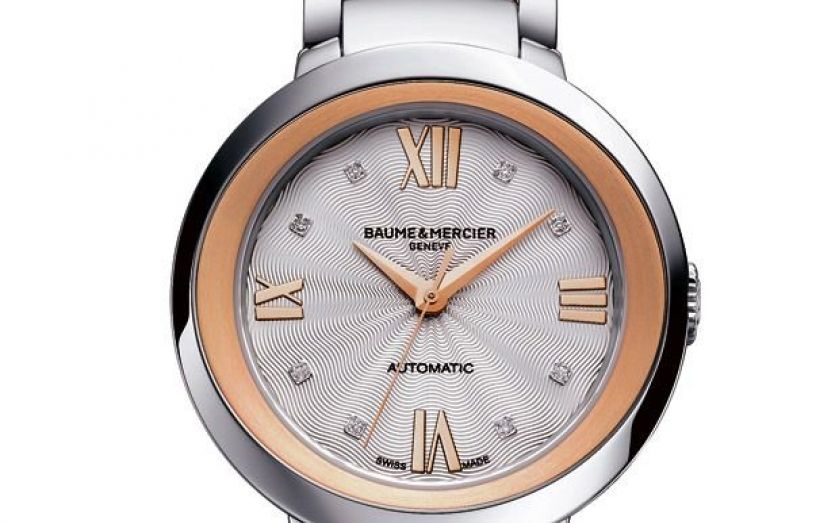From Cartier to Longines, women’s watches are being downsized

How women’s watch dials are shrinking and why it gives us reasons to be cheerful about the future of the female side of the industry
The papping of Jemima Khan wearing a Panerai given to her by her then-boyfriend Hugh Grant in 2005 kick-started women’s love of men’s watches. Grant and Khan’s relationship has long since dissolved but women continue to flock to chunky, oversized and sometimes downright masculine timepieces.
Wearing such a watch was a statement akin to the rise of the shoulder pad in the 1980s, when women sought the armour necessary for breaking down boardroom doors and smashing glass ceilings.
It was ballast, a sign that the wearer was not to be considered flighty or only interested in sparkly diamonds. It showed she knew about things traditionally considered the preserve of men, such as the complexities inherent in a mechanical watch movement.
However, in recent months there has been a shift away from the oversized, with more women embracing dials that are heading south of 40-plus millimeters into the realms of 30mm and smaller.
Watch buffs may remember the Cartier Tortue – an update of a 1912 model – which only went up to 31mm despite containing an automatic movement.
Then there was the launch of Baume & Mercier’s Promesse, which will be available in the UK in September, with Harrods celebrating its launch by hosting a dedicated in-store pop-up boutique. This collection was the latest in a steady line of launches that made watch buyers sit up and re-evaluate what this underrated Richemont brand is capable of.
The Promesse collection is gorgeously, unashamedly feminine. Not girly, though – they hark back to an unfussy, diamond free, 1970s style of women’s watch design. Its largest dial size clocks in at a mere 34mm.
And it’s not just the higher end of the industry that is downsizing dials.
Oris has a seriously cool automatic Aviation Big Crown with a pointer date that clocks in at just 28.5mm.
Longines has a gorgeous blue-dialed Heritage, which again manages to pack an automatic movement into a case measuring 26mm, while Tissot takes its automatics down to a terribly dainty 25mm.
There are many reasons behind this trend, not least the rise in decent mechanical watches for women. But I like to think it’s also part of a wider empowerment of female watch-buyers; that women are becoming secure enough to know that people don’t equate the size of our brains with size of our watch dials.
Laura McCreddie is editor of eveswatch.com.